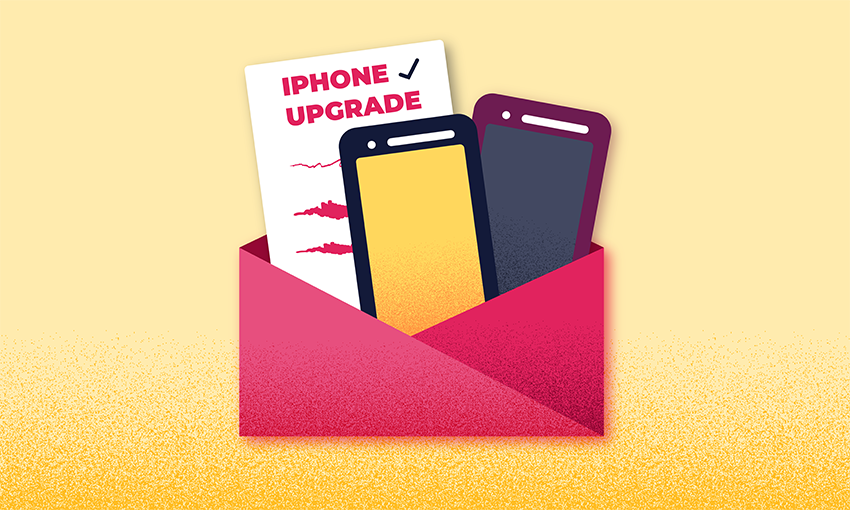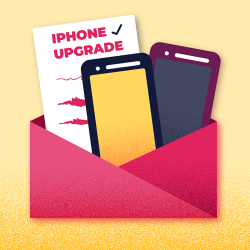Can You Hear Me Now? Clear Communication Drives iPhone Upgrade Rollout

Are you one of the 1,600 employees with a CMS-issued iPhone XR? IUSG is ready to roll out upgrades, a project that has been months in the making.
The iPhone upgrade project is an object lesson in how CMS has changed in just a short few years – in part because of an intentional focus on principles like Agile and Human-Centered Design, and in part because of how COVID-19 forced us to reimagine our workplace.
In explaining how the upgrade process has itself been updated, Project Manager Barry Kohn says, “We started with what we did the last time and built upon that. We asked what went well, and what can we do better?”
To find improvements, his team focused on the user experience. “Every project should be user-focused, focused on CMS employees, what they do, what they need, and how they do it” says Kohn.
Here are some of the key changes. Many of them are possible because of OIT’s shift to work in hybrid posture:
- Phones will ship directly to staff from the Verizon warehouse rather than going to a CMS warehouse.
- Instead of relying on CMS IT Service Desk technicians, participants will be able to back up their old phones and set up their new ones via a self-service portal. The portal is designed to cover different types of individuals who require different apps and tools. It was also designed for accessibility.
- The Project is leveraging the Virtual Tech Central Tech Lounge within CMSConnect. If iPhone upgrade participants do need help, they can meet virtually with a technician. In the past, this could only be done onsite.
- When employees are eligible for their upgrade, they will be notified by email. This notification is triggered by an asset record change in ServiceNow.
- When employees order their new phone, they will be issued a shipping label so they can return their old phone to the CMS Warehouse without going to a CMS office. Return instructions are included at the end of the self-service portal process.
Kohn says communication is key in rolling out a project like this. After establishing a sequence of events for the rollout, his team had to figure out which stakeholders to reach, when to reach them, and what communication channels to use.
It is crucial that participants know when to expect the upgrade, what steps they must take, where they can find information, and where they can ask for help.
“Without that communication, our technical solutions and services will not have the same impact,” says Kohn.
Additionally, it is crucial to plan for unknown scenarios. One way to mitigate surprises is to roll out the upgrade in batches. If there is an issue with the first batch of upgrades, the team can fix it before the next group of employees orders new phones. They can also adjust their communications to future upgraders.
“Once the upgrade starts, we continually monitor and adjust to employee experiences,” says Kohn. “Even with diligent planning and testing, there can be unexpected scenarios that come up.”
Kohn puts strategies and plans in place to manage unexpected scenarios, for instance establishing a clear process for escalating issues from the CMS IT Service Desk to the project team. He must make sure there are open and responsive communication channels both between the members of his team and between his team and the end user.
Bolstering his team’s expertise, flexibility, and responsiveness is an Agile workflow with sprints and scrums. Kohn says, “In terms of developing the plan and executing the plan, we credit the scaled agile framework.”

